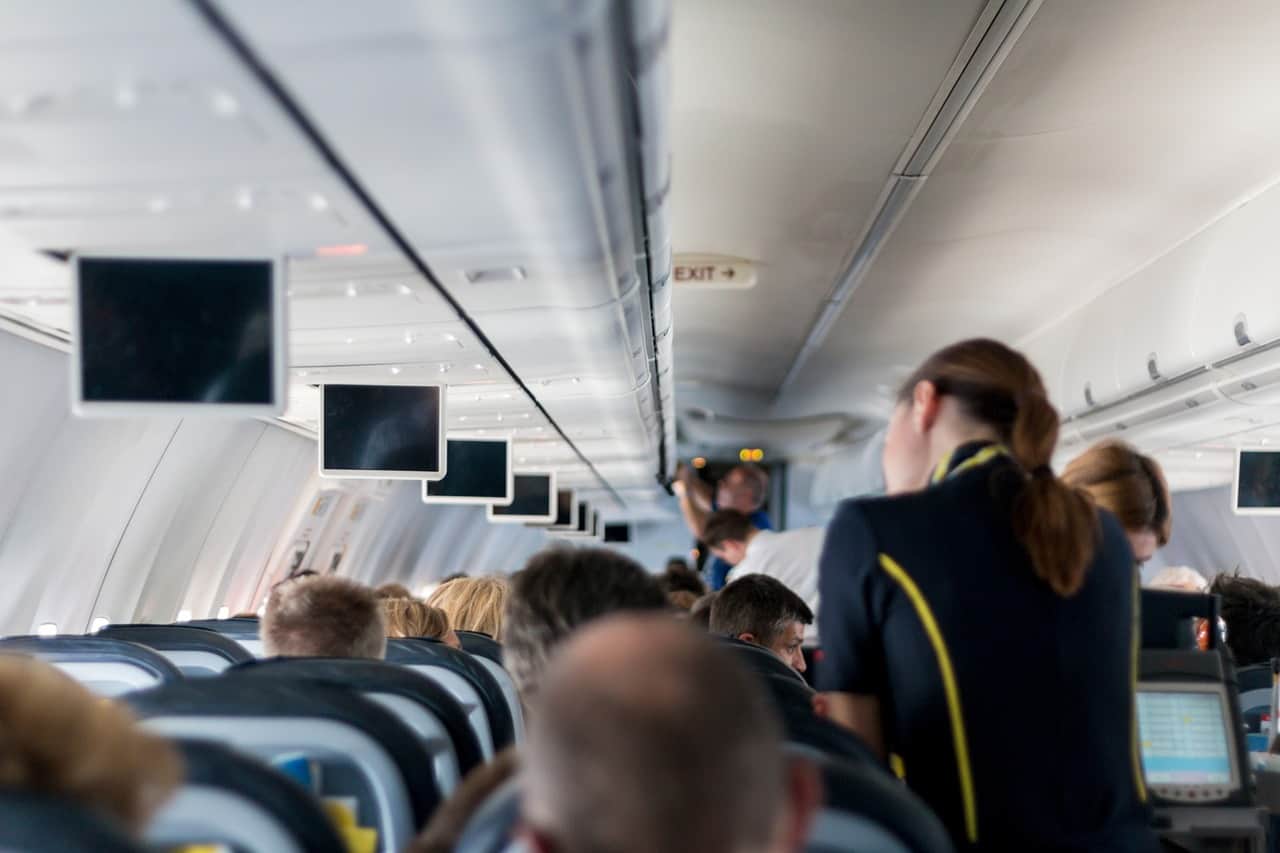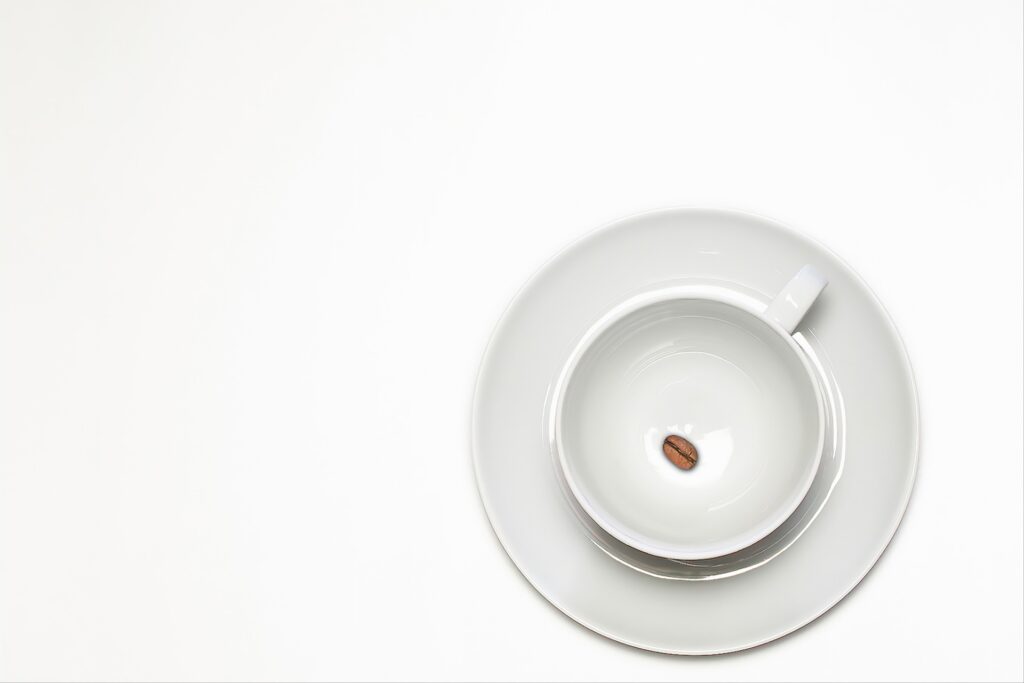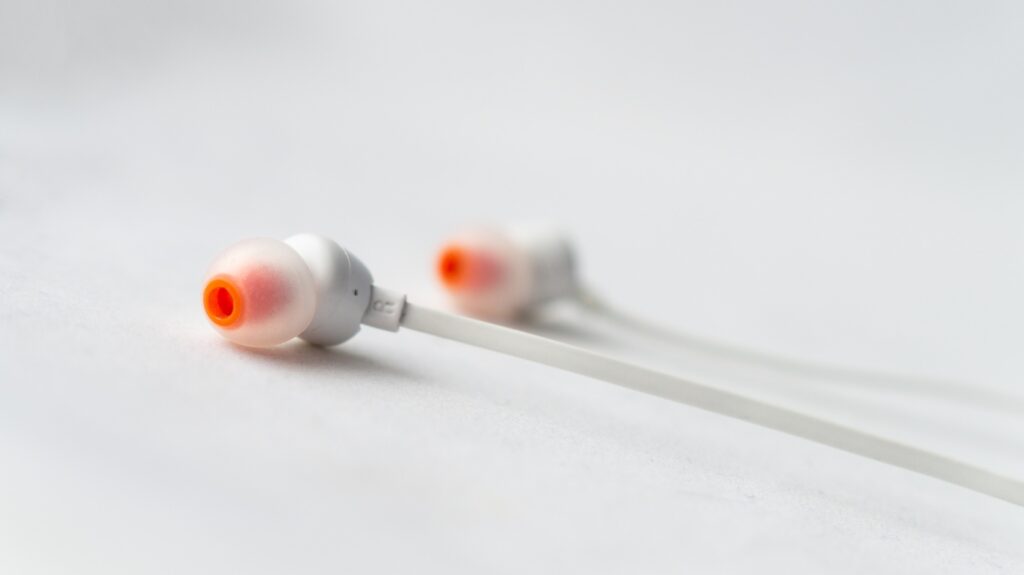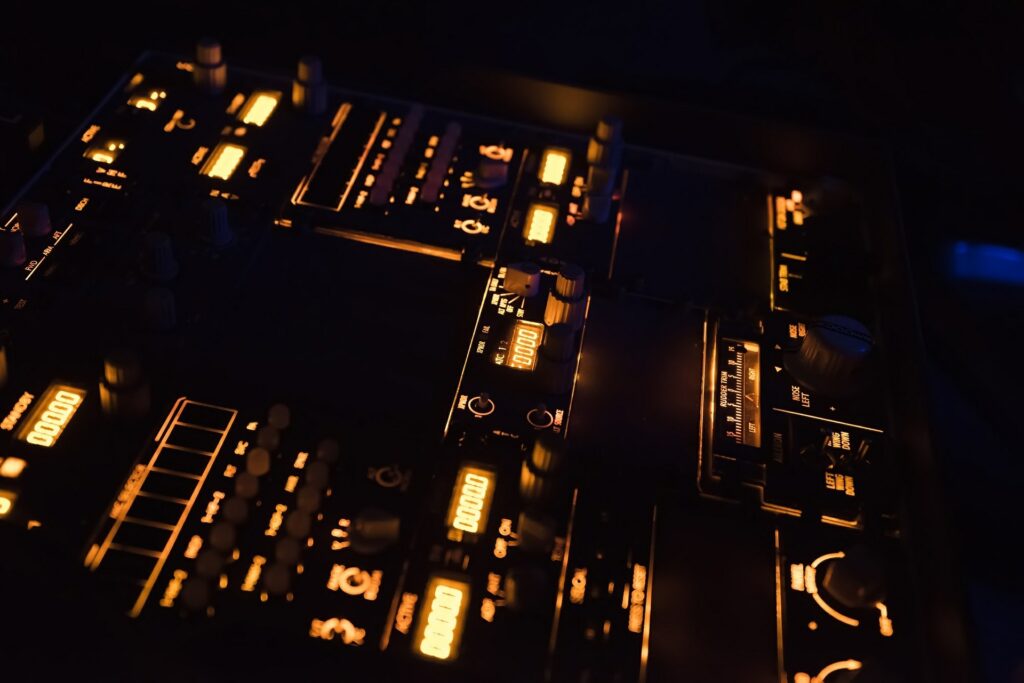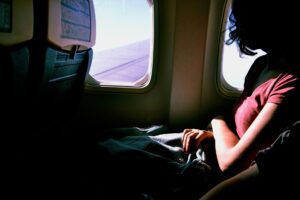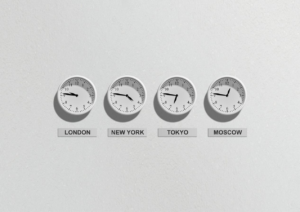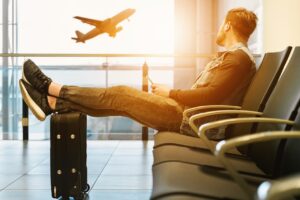You might think you know a little about how to find cheap tickets and deal with long-haul flights, or you might think of yourself as a flight expert because you travel frequently. Maybe so, but there’s a group of people who know so much about the details of airline service and air travel that beyond your imagination – Friendly and calm crew members.
Whether due to flight delays or security threats, air travel today seems to be fraught for all relevant personnel. The flight attendants are very aware of a great number of incidents that occur in a closed aluminum tube every day, with thousands of passengers under their care for each flight, from your own safety, to staying sane, to avoiding panic, to convenience. As you sit in the small and comfortable seat on a plane, flight attendants are trying to ensure everyone’s safety and clean up the chaos.
Flight attendants may have a unique perspective on your flight experience, but over the years, this perspective has rarely been shared. From dealing with absurd passenger complaints to having to solve a wide variety of problems, they are usually very willing to share some knowledge. Some are really helpful, but others, you wish you never know, and the flight attendants are unlikely to take the initiative to answer. So, fasten your seat belt. Welcome to an inner world that may forever change the way you travel, and learn the following facts before boarding the plane.
1. Airline Food is Unhealthy
From hard-to-swallow meat, to wet stews, to sticky lasagna, the food on the plane is not much better than it looks. So why is the food on the plane so bad? Because there are no kitchens on planes for safety reasons. Therefore, airline food is usually prepared on the ground in a terrible environment. Usually, they are cooked in a bad, inconsistent oven with little convection. Then freeze before the flight, sometimes even a few days before the flight. This means that the meat is not fully cooked before boarding – only 60% of the chicken is cooked, and only 30% of the beef is cooked.
Besides, there is no nutritional value in airline meals as they contain fat, sugar, salt and simple carbohydrates. It’s fine to eat once in a while, but if you are a frequent flyer, you should think about other options. If you’ve recently eaten too much food on the plane, it’s recommended that you add some of the most heart-friendly foods to your menu to eliminate the damage.
2. The Water Used to Make Coffee and Tea is not Clean
Have you ever thought about where the tap water supplied to passengers on the plane actually comes from? Flight attendants can tell you that it is pumped by portable water tanks. But how frequently do you think these tanks are cleaned? If that is not enough, the drinking water provided on the aircraft also comes from the same water tank, which is usually fitted with water for the toilets and does not meet sanitary standards. This means that the water tanks are not sufficiently clean and the water you drink on the plane is not fresh. This may explain why 12% of fecal bacteria tested positive for commercial aircrafts.
Most travelers believe that coffee and tea are safe choices. After all, microorganisms and bacteria in the water tanks cannot survive during heating and boiling. However, heating does kill some bacteria, but it doesn’t kill all the bacteria. To make things worse, the coffee machines are not cleaned regularly. They are simply washed off without proper cleaning tools, just like water tanks. Besides, the low air pressure in the cabin can actually prevent the water from boiling at 100°C. It can only be boiled to 90°C, which in turn affects the taste of the coffee. So if you want some drinks on the plane, ask for bottled or canned.
What flight attendants won’t tell you is that the coffee they often offer on the plane is decaffeinated. This is to help reduce the high levels of stress, excitement and restlessness of passengers who consume too much caffeine, maximizing to promote their sleep.
3. Electronic Devices Won’t Bring the Plane Down
Putting away all the electronic devices and turning your cell phone off has become one of the most annoying demands on passengers. But many people admit they will continue to use their phones even when the plane takes off or lands. In fact, mobile electronics don’t really bring down a plane, but they can be really troubling for pilots.
Most flight attendants would reveal that the real reason for making this request is to prevent electronic devices from becoming potential projectiles, which can cause considerable harm without proper security measures. Because communication between air traffic control and the cockpit may be disrupted by electronics – not just from one person, but from all the electronic devices owned by passengers. Imagine that when pilots are trying to receive the radio signals, but hearing interference from 100 mobile phones picking up signals. So when the flight attendants want you to turn off the cell phones, they are not fooling around. It is essential for passengers to place electronics in airplane mode during takeoff and landing.
4. Blankets and Pillows Have not been Replaced
If you feel cold and uncomfortable while flying, don’t expect its pillows and blankets to bring you cozy. Although you may think that the neatly folded blankets and pillows we got on the plane were at least freshly washed, the flight attendants won’t tell you that they definitely aren’t – these pillows and blankets have been used by dozens of flyers before you, and may be covered with saliva and sweat from the former passengers.
If you’re lucky enough to take the originating first flight of the day in the city where blankets and pillows are supplied, otherwise the blankets and pillows will be reused throughout the day. They are only refolded and stuffed back into the bins between flights, and will not be replaced unless they are obviously damaged. You might ask, are the plastic-wrapped sealed blankets placed on each seat clean? In fact, these are only sealed and rarely cleaned correctly.
Therefore, it is recommended to bring your own blanket and travel pillow on your next flight to avoid the possibility of bacterial growth.
5. The Earbuds aren’t Brand New
It’s more disgusting than putting your head on a pillow that countless passengers have used on a plane is unwittingly putting used earphones in your ears. Even if the bag is sealed. In fact, like flight’s blankets and pillows, these free earbuds are only surface cleaned or sterilized, and then they are cleverly repackaged or placed in a sealed plastic for more passengers to use.
However, when it comes to used earbuds, the problem can be particularly serious. Bacteria themselves are harmful enough, but because of the extra air pressure in the cabin, they can cause serious damage to people who are prone to ear infections. So if you really want to listen to music, watch movies, or cover the crying baby’s sound on a plane, make sure to pack your own noise-canceling headphones.
6. The Trays are not Often Cleaned
Due to so many maintenance checks, airline schedules, flight delays and other interruptions, sanitation is often neglected and your plane may not be as clean as you wish. Moreover, there are almost no changing tables in the airplane toilets, and flight attendants will never tell you how many times they see dirty diapers on the same tray, although this is clearly not encouraged. Most importantly, flight attendants usually do not have time to disinfect these bacteria-contaminated trays.
Of course, it’s definitely not a comforting idea to spend a few hours on a plane so close to the dirtiest and bacteria-infested place. So you may need to bring hand sanitizer and hygienic wipes to wipe off your tray as soon as you sit on the seat.
7. Turning the Lights on or off is Related to Safety
The flight attendants will not adjust the lights of the cabin according to their moods, which is actually for your safety, not comfort. When taking off and landing at night, the lights inside the plane will dim to help passengers’ eyes adapt to the darkness outside, in case they need to evacuate the aircraft quickly. Your flight attendants may also require you to open the window shade for the same reason. In this way, if there is an emergency, you can locate yourself more easily and see what is happening inside or outside the cabin so as to keep yourself safe. Opening the window shade also helps rescue workers see the interior of the plane in order to evaluate the situation better.
8. Walking Barefoot on the Floor is a Terrible Idea
Although the planes look sterile, if you look around next time, you will find how dirty it is. From tray tables to seat back bags, to the aisle seats and bathrooms, the planes are full of bacteria. Of course, every flight will be followed by a surface clean-up. But surprisingly, airline cleaning is usually a matter of haste. Throw the trash out, suck a little vacuum here, spray a little disinfectant there, and then get on the next flight. Sometimes the interval between flights is less than an hour! Aircrafts should be cleaned regularly, but since they often rotate around the system, there is not much need for deep cleaning, they will only be thoroughly cleaned after being taken to the hangar – on average once a month.
So if you are considering walking barefoot in the aisle without shoes and socks on the plane, you may want to reconsider. Some airplanes may even have bed bugs or cockroaches, although this is rare, be sure to zip up your carry-on luggages.
